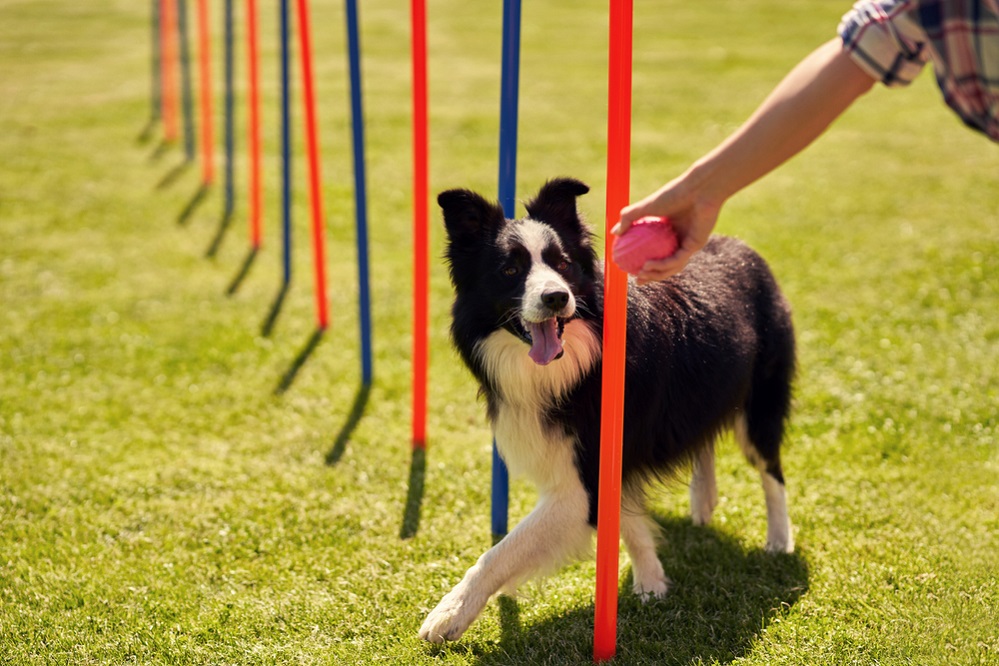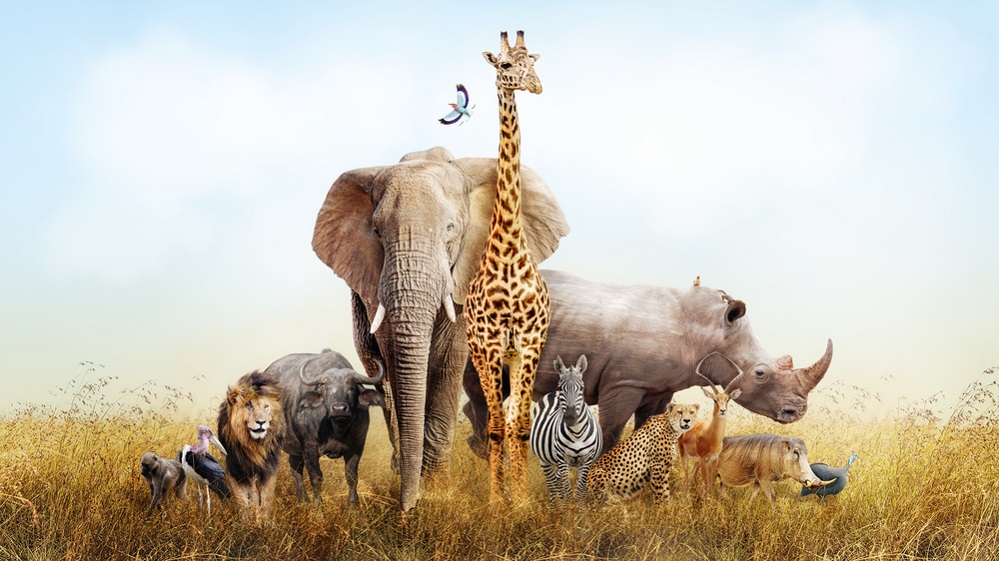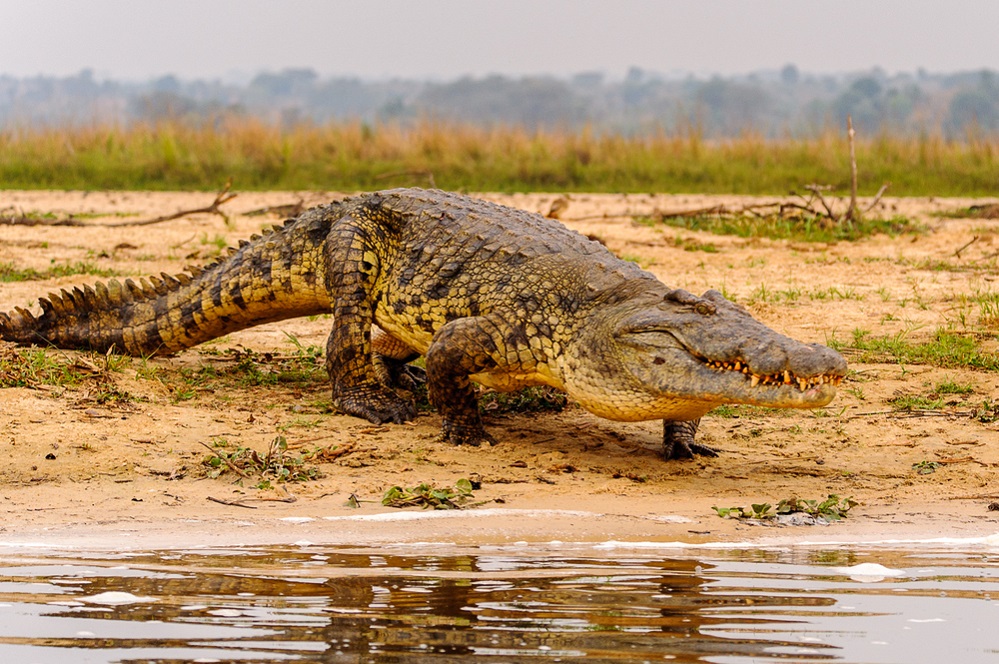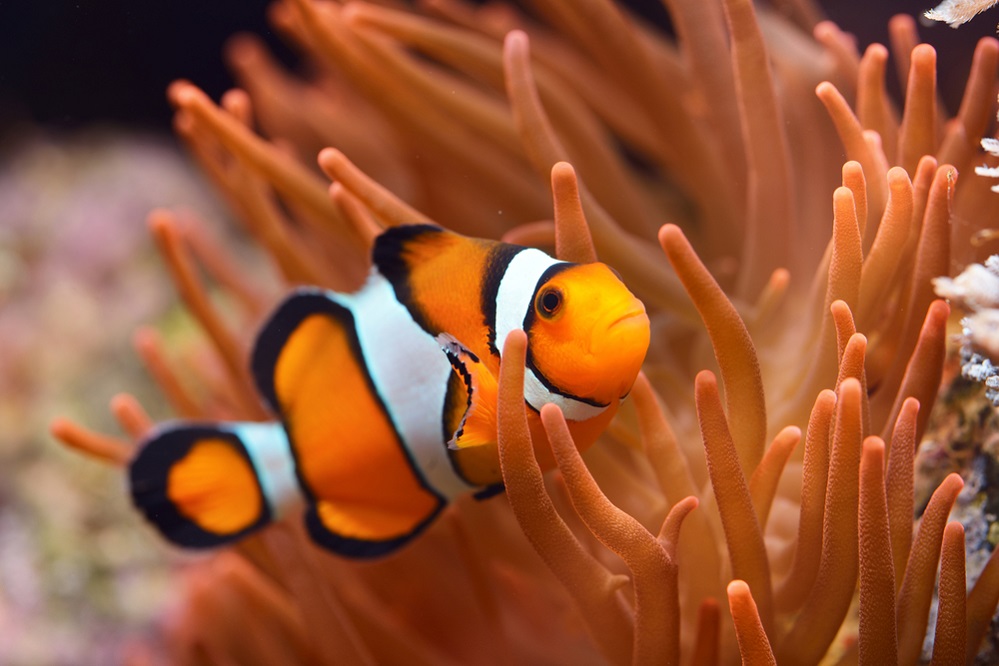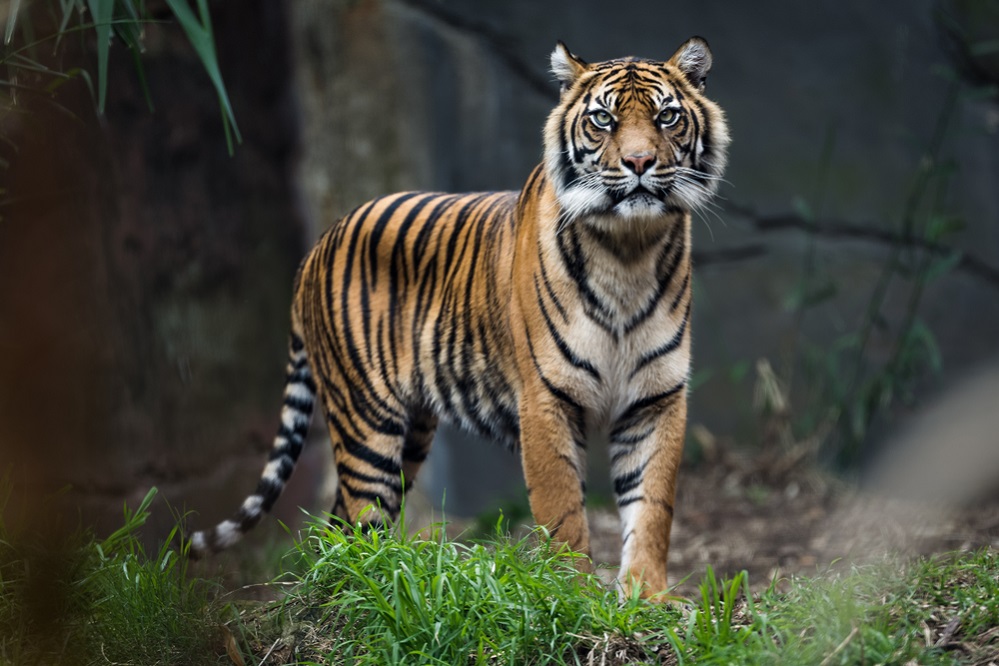For over a decade, animals have been subjected to various selfish purposes, with one of the most brutal being animal testing. These innocent creatures are exploited in the name of producing products such as medicines and cosmetics, even though alternative procedures are available.
We must stop testing on animals. It’s not about deciding what’s right or wrong. Animals have feelings and deserve to live without being treated cruelly to test chemicals. Putting an end to animal testing is as easy as choosing kindness.
Let’s delve deeper into the reality of animal brutality and explore effective strategies to halt its proliferation.
What is Animal Testing?

The term “animal testing” refers to scientific experiments or tests that are forcefully conducted on living animals to investigate diseases, evaluate the effectiveness of new medicines, and determine the safety of consumer and industrial products.
These experiments are incredibly painful for the animals involved, subjecting them to extreme suffering in order to obtain results for scientists, often resulting in the animals’ death. There are two main types of animal testing:
Field studies help us observe animals in different situations to understand them better.
Clinical trials usually happen in labs or universities. They use animals to try out new medical treatments and methods.
History of Animal Testing
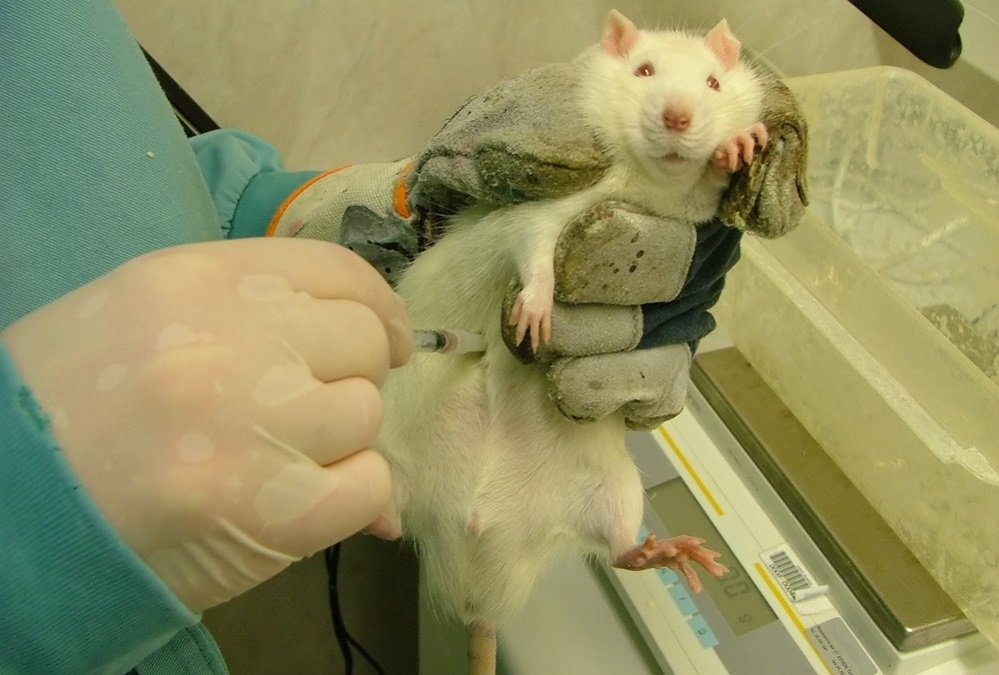
Animal testing is not a recent scientific method, rather, it has been conducted for many centuries, dating back to around the 4th century BCE, in ancient Greece. The history of animal testing dates back over 2500 years, with notable figures such as Aristotle and Galen performing experiments on living animals for biomedical research.
Galen, a Roman physician from the 2nd century, conducted post-mortem dissections on pigs to study anatomy. In 1831, the founders of the Dublin Zoo, who were medical professionals, utilized animals for both live observation and post-mortem studies. Another notable incident occurred when Germans infected mules in Argentina destined for American forces, resulting in the death of 200 mules.
Galen, particularly in the 15th century, conducted a range of animal experiments, including the dissection of an elephant, often performed in front of live audiences. Despite his belief in the similarities between humans and animals, he had no feelings for the animals.
Facts About Animal Testing
Here are some interesting facts about animal testing:

- Based on statistics from the National Institutes of Health, just 5% of drugs tested on animals yield positive results, rendering 95% ineffective.
- 60% of animals utilized in biomedical research and product safety testing are subjected to experimentation without their consent.
- More than 115 million animals undergo experimentation globally each year.
- It requires 12,000 animals to pass a single pesticide test.
- In 2019, United States Department of Agriculture licensees (labs) utilized 142,472 rabbits for research purposes. Among these rabbits, 37% experienced pain and distress.
- Certain experiments on animals involve impregnating females solely for the purpose of conducting tests on their fetuses.
- More than 90% of products tested on animals fail during human clinical trials.
Procedures Used for Animal Testing
The procedures used in animal testing can vary based on the research objectives and regulatory standards. Here are some common techniques utilized in animal testing:
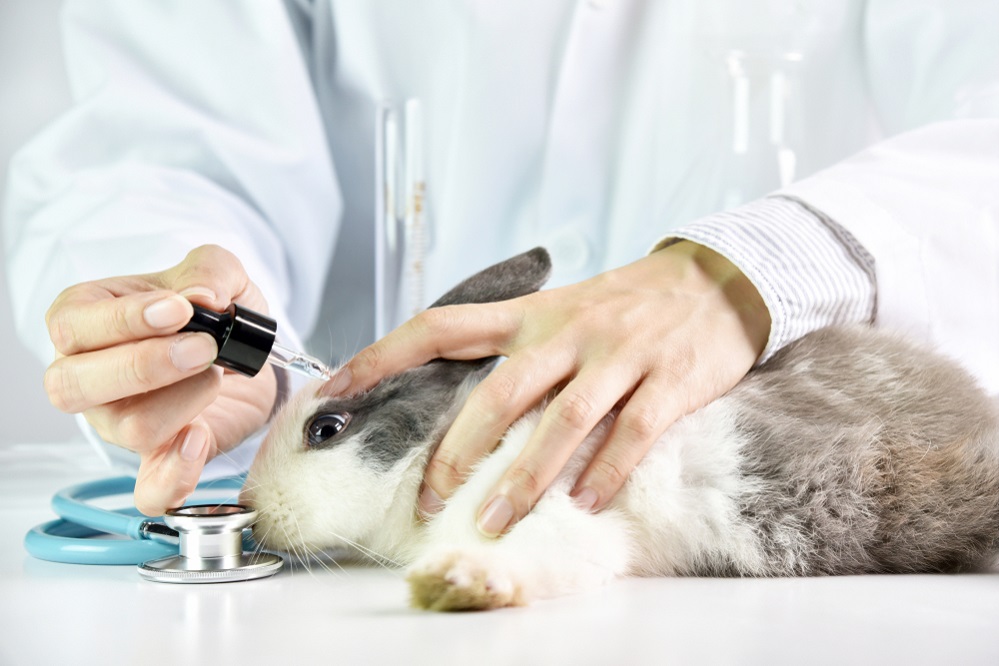
Carcinogenicity testing involves exposing animals repeatedly to substances throughout most of their lifespan to identify potential human carcinogens.
Injection studies involve administering substances like drugs, vaccines, toxins, or disease-causing agents to animals through injections, which are delivered directly into organs or tissues, to observe their effects on the body.
Toxicity tests involve administering single doses of drugs at high concentrations.
Surgical procedures involve animals undergoing surgical interventions for various purposes, such as implanting medical devices and transplanting tissues or organs. These interventions may include anesthesia, organ removal, and suturing.
Neurotoxicity tests involve exposing subjects to various substances to assess their toxic effects on the nervous system.
Which Animals Are Commonly Used for Testing?
A wide range of animals are commonly utilized for testing purposes. Some of the most frequently used animals include:
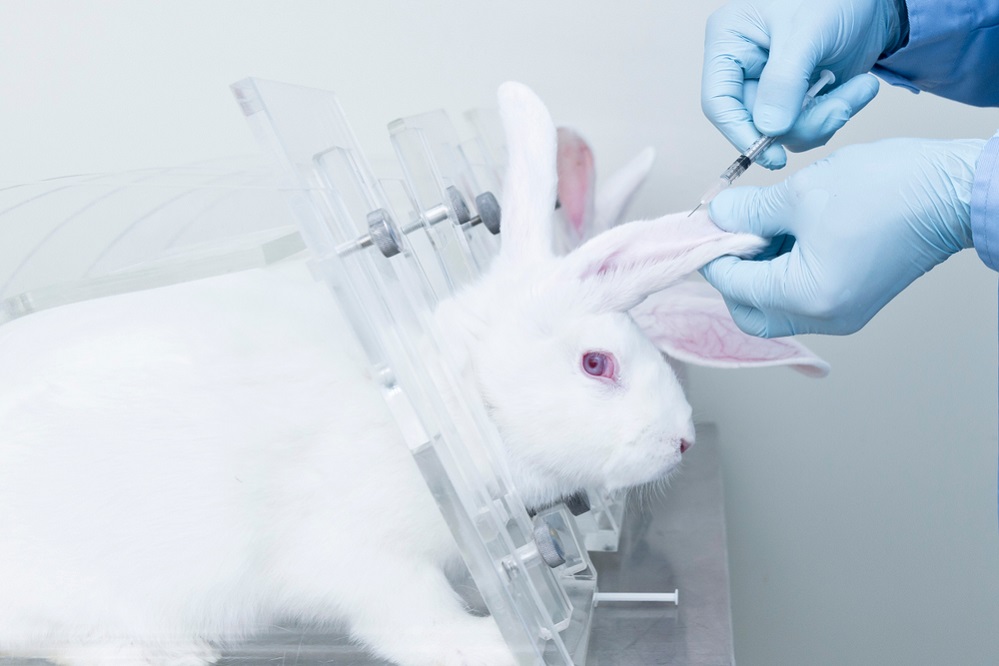
Mice and rats are the most commonly used animals for testing purposes. Studies indicate that up to 95% of animals tested in laboratories across the United States are rodents. Primates, including apes and monkeys, are recognized for their close genetic similarity to humans, with our DNA sharing nearly 99% identical traits. Over 160,000 rabbits are abused in laboratories across the United States annually.
Animals are selected based on criteria such as their physiological resemblance to humans, ease of management, and availability.
Types of Animal Testing
Animals have always been integral to our ecosystem. Despite numerous advancements in scientific research, animal testing persists as a common practice across various industries and companies. It is utilized to study, develop, and manufacture products for human use and health, undergoing numerous procedures for different products and purposes.
Annually, over 100 million animals worldwide undergo testing. Unfortunately, a staggering 95% of the outcomes are deemed ineffective. These tests come in various forms, some of which include:
Animal Testing in Medicine
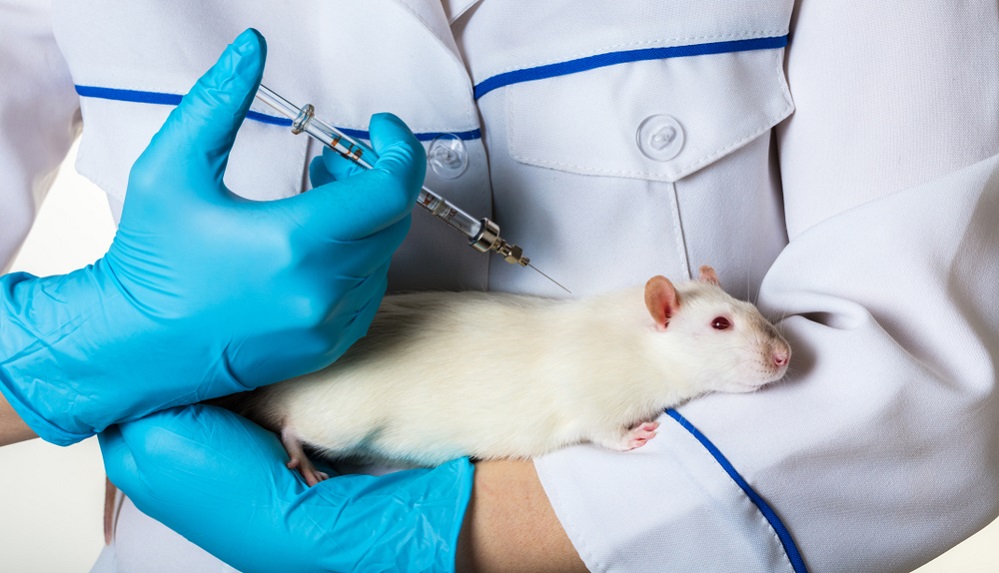
Animals have been subject to suffering in the name of medical research for an extended period. Before being licensed for human use, all new pharmaceuticals undergo extensive animal testing. Animals in laboratories are stripped of their natural and vital elements.
Animal testing is a crucial stage in the development of new drugs and treatments. Animals act as models for studying human diseases, enabling researchers to explore disease progression, mechanisms, and potential treatments. Through inducing or genetically engineering diseases in animals, scientists gain insights into their effects on humans.
Numerous medications have been developed as a result of animal testing including Diphtheria antitoxin, Insulin, streptomycin, polio vaccine, Lithium salts, anesthesia, and many more.
On average, approximately 5,000 animals are required for regulatory testing of each drug. Often, painful experiments are performed without providing pain relief.
Animal testing has helped make important medical discoveries and better treatments for patients. But it also makes people worry about how animals are treated and if the results can really be applied to humans. Moreover, 90% of animal tests fail to succeed in human clinical trials, making the use of animals in testing ineffective.
Animal Testing in Cosmetics

Cosmetic animal testing involves evaluating the safety and potential adverse effects of cosmetic products and ingredients by testing them on animals.
According to the Humane Society, animal testing for cosmetics has been banned in forty-four countries worldwide, including the entirety of Europe, the UK, India, and Israel. This shift reflects a growing global movement toward cruelty-free practices in the cosmetics industry.
However, despite progress, the United States and China remain the top two countries conducting cosmetic experiments on animals. While China has recently made regulatory changes, certain cosmetic products like anti-aging treatments, sunscreen, and hair dye still require compliance with animal testing regulations.
In cosmetic animal testing, animals such as rabbits, mice, and rats are exposed to cosmetic ingredients through methods such as skin and eye irritation tests.
Xenotransplantation

Xenotransplantation involves transplanting organs, tissues, or cells from one species to another, typically from animals to humans. This field offers hope for addressing the shortage of human organs available for transplantation and treating various medical conditions.
Pigs are commonly used in xenotransplantation because their organs are similar in size and function to those of humans. Current research explores using primates as recipients of organs from genetically modified pigs to reduce the primates’ immune response against the pig tissue. Scientists utilize gene-editing techniques to modify pig organs, enhancing compatibility with the human immune system.
However, xenotransplantation presents risks, including the transmission of infectious diseases from animals to humans (known as zoonotic diseases), potential rejection of transplanted organs by the recipient’s immune system, and concerns about the welfare of donor animals. Transplant rejection remains a significant challenge in xenotransplantation research.
Global Figures for Animal Testing
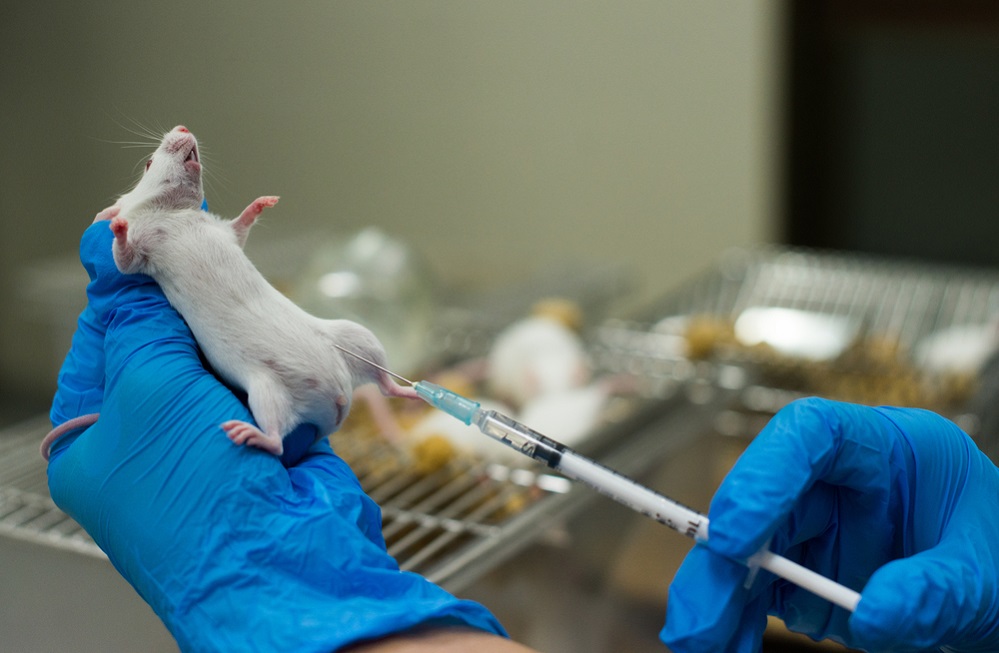
- Over 115 million animals are used in experiments every year in the United States.
- Approximately 3 million animals are used in experiments in the UK every year.
- In 2019, an estimated 110 million mice and rats were utilized for animal testing in the United States.
- In 2022, there were approximately 76 million experiments conducted on animals in the United Kingdom.
- In 2021, approximately 69 million animals were employed for animal testing in Canada.
- Only about 5% of research into animal health relies on using animals.
- Only 39% of people believe that animal testing is wrong.
- Up to 95% of experimental drugs that pass animal tests ultimately fail in human clinical trials.
- Almost 5,000 companies across America test on animals.
Alternatives to Animal Testing
Alternatives to animal testing are methods and approaches aimed at replacing or minimizing the use of animals. These alternatives provide practical benefits while advocating for animal welfare and advancing human health and safety.
It represents a more humane form of research. Many scientists and governments emphasize that animal testing should minimize animal suffering and only be conducted when absolutely necessary. Here are some primary alternatives to animal testing:
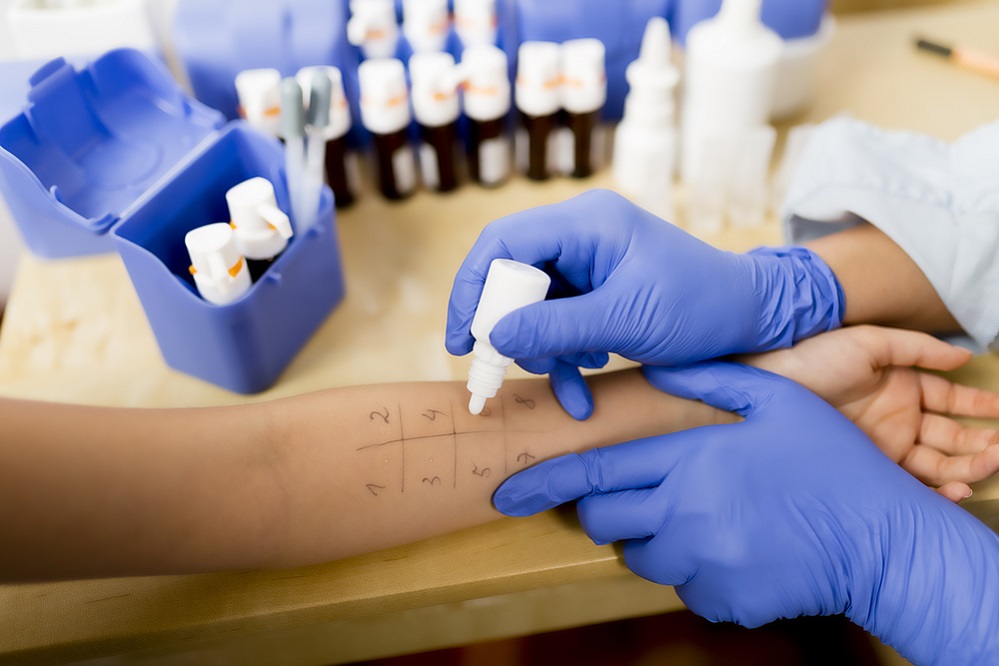
In vitro methods utilize cells, tissues, or organs cultured in laboratory environments to explore biological research and disease mechanisms. Organ-on-a-chip technologies provide precise and reproducible platforms for evaluating drug effectiveness and safety, eliminating the need for animal testing.
Human volunteer studies involve enlisting human participants in biological research and drug efficacy studies, decreasing the dependence on animal models.
Computer modeling enables researchers to forecast the behavior of drugs and diseases using computers. It’s cost-effective and avoids subjecting animals to cruel and unnecessary testing.
Organ-on-a-chip platforms replicate the structure and function of human organs and tissues on a miniature scale. Experimental medicines are developed using skin cells from individuals with specific diseases such as heart disease, cancer, and diabetes.
Microdosing involves administering a small dose of a test compound to volunteers, enabling researchers to investigate its pharmacological effects without causing harm to the animals.
In 1959, Drs. William Russell and Rex Burch wrote a book titled “The Principles of Humane Experimental Technique.” They proposed solutions to animal experimentation, leading to the development of the 3Rs:
- Replacement involves substituting animal testing with alternative methods such as computer models or biochemical systems. It also entails replacing one animal species with a less developed one.
- Reduction refers to techniques that allow researchers to gather comparable levels of information while using fewer animals.
- Refinement involves methods that alleviate or minimize potential pain and suffering experienced by animals.
Many official bodies, like the Interagency Coordinating Committee for the Validation of Alternative Methods in the US, the European Centre for the Validation of Alternative Test Methods of the European Commission, ZEBET in Germany, and the Japanese Center for the Validation of Alternative Methods, support efforts to develop and adopt alternative testing methods. Additionally, computer programs have replaced the use of animals in dissection, teaching, and training in universities and schools.
Animal Testing Worldwide
Animal testing is conducted worldwide for various purposes, including biomedical research, pharmaceutical development, product safety testing, and educational training. Here is the list of the top 10 countries where animal testing is conducted:
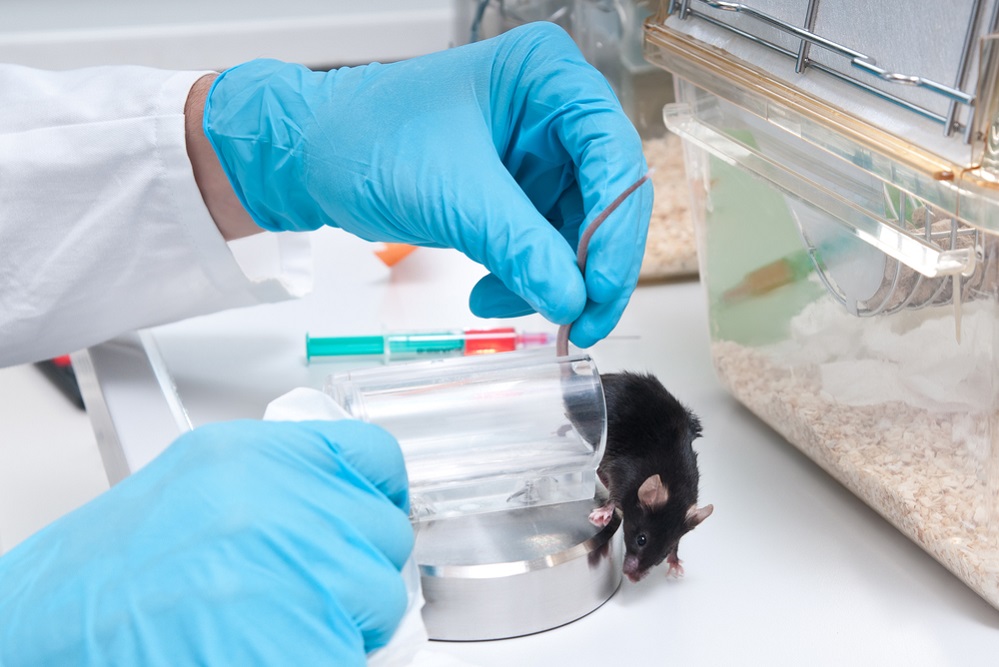
- United States United
- Kingdom
- Germany
- France
- Japan
- China
- Canada
- Australia
- South Korea
- Brazil
Some of the countries where animal testing for cosmetics is banned or strictly regulated include:
- Israel
- India
- Norway
- New Zealand
- Switzerland
- European Union states
- Iceland
- Colombia
- Turkey
How to Stop Animal Testing?
Stopping animal testing is a complex and multifaceted task. While completely eliminating animal testing may not be immediately achievable, there are numerous strategies and methods to reduce its prevalence.
Firstly, consumers can opt to only purchase products from companies that do not engage in animal testing. Additionally, individuals can write to regulatory bodies such as the Food and Drug Administration to express diplomatically that animal testing is unacceptable and urge them to discontinue its use promptly.
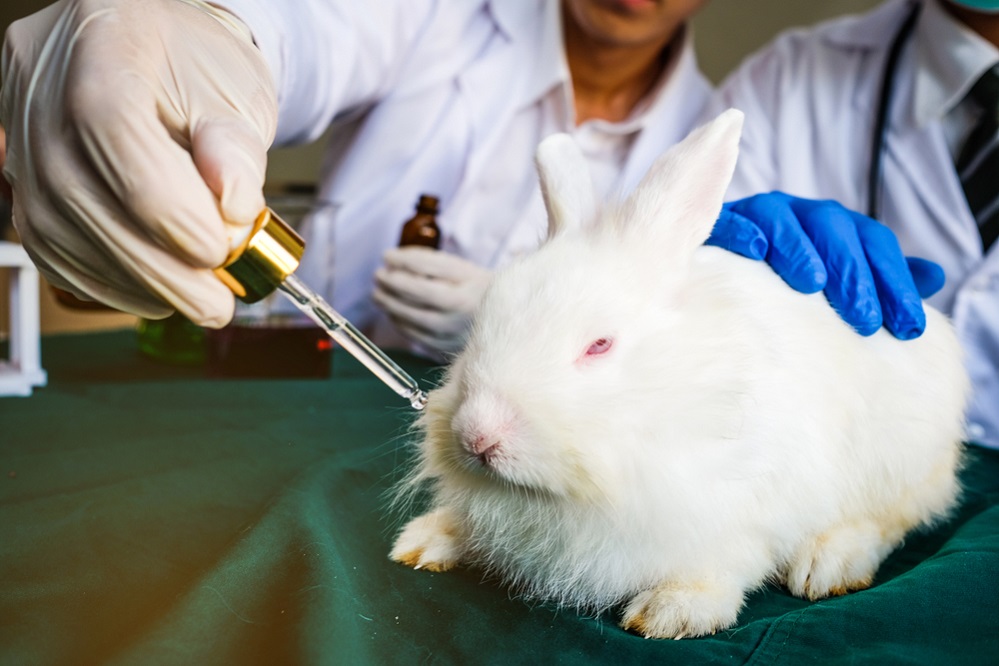
Awareness campaigns, public education initiatives, and community engagement programs are also crucial in spreading knowledge about the ethical concerns surrounding animal testing and promoting alternative methods.
Supporting policies that prioritize the 3Rs – Replacement, Reduction, and Refinement – is essential. These policies aim to minimize the use of animals in research and encourage the development of innovative technologies and methodologies that can replace or reduce the need for animal testing.
Here are 10 institutions that are actively working to reduce or eliminate animal testing:
- People for the Ethical Treatment of Animals (PETA)
- The European Coalition to End Animal Experiments (ECEAE)
- The Humane Society International (HSI)
- The National Anti-Vivisection Society (NAVS)
- The European Union Reference Laboratory for Alternatives to Animal Testing (EURL ECVAM)
- The Physicians Committee for Responsible Medicine (PCRM)
- Coalition for Consumer Information on Cosmetics (CCIC)
- The Center for Alternatives to Animal Testing (CAAT)
- The Animal Welfare Institute (AWI)
- The Institute for In Vitro Sciences (IIVS)
FAQs
What is animal testing?
Animal testing involves utilizing animals in scientific experiments and research to conduct biological procedures, test drugs, and develop medicines.
Which animals are commonly used in testing?
Commonly used animals in testing include mice, rats, rabbits, guinea pigs, hamsters, fish, dogs, cats, non-human primates, and birds.
Is animal testing necessary for medical research?
Some argue that animal testing is essential for progressing medical research, many advocate for alternative methods that do not involve the use of animals.
What are the 3Rs in animal testing?
The 3Rs stand for Replacement, Reduction, and Refinement. These principles are directed towards minimizing animal usage, alleviating their suffering, and improving experimental procedures.
Can animal testing be completely eliminated?
While complete elimination may be challenging, efforts to reduce and refine animal testing are ongoing.
Final Words
In today’s technologically advanced world, allowing the use of animals for drug testing remains inhumane. It is imperative for national health and care institutes to exert greater effort in transitioning to more accurate testing methods that do not involve animals whatsoever. Worldwide, animal testing and research should be banned, as it violates animals’ rights and inflicts unnecessary suffering on laboratory animals.
Animals deserve to be treated with love and compassion, as they, too, have rights.



